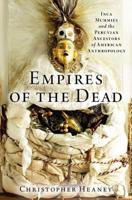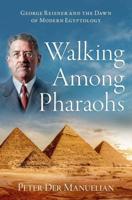Publisher's Synopsis
Children, Death and Burials assembles a panorama of studies with a focus on juvenile burials; the 16 papers have a wide geographic and temporal breadth and represent a range of methodological approaches. All have a similar objective in mind, however, namely to understand how children were treated in death by different cultures in the past; to gain insights concerning the roles of children of different ages in their respective societies and to find evidence of the nature of past adult-child relationships and interactions across the life course. The contextualisation and integration of the data collected, both in the field and in the laboratory, enables more nuanced understandings to be gained in relation to the experiences of the young in the past. A broad range of issues are addressed within the volume, including the inclusion/exclusion of children in particular burial environments and the impact of age in relation to the place of children in society. Child burials clearly embody identity and 'the domestic child', 'the vulnerable child', 'the high status child', 'the cherished child', 'the potential child', 'the ritual child' and the 'political child', and combinations thereof, are evident throughout the narratives. Investigation of the burial practices afforded to children is pivotal to enlightenment in relation to key facets of past life, including the emotional responses shown towards children during life and in death, as well as an understanding of their place within the social strata and ritual activities of their societies.










